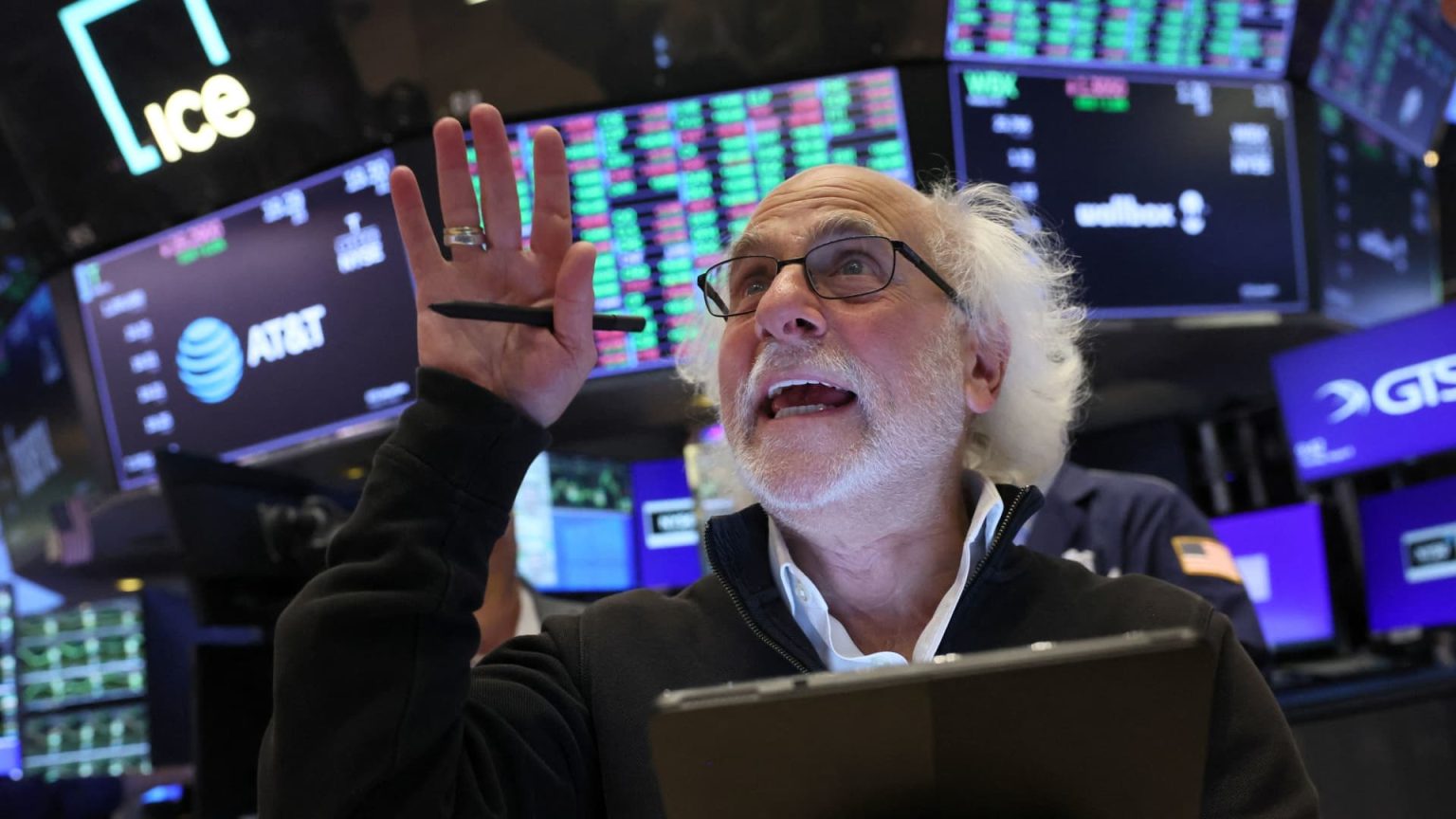On Wednesday, the stock markets experienced a remarkable rally following an unexpected tariff reversal announced by President Donald Trump. The S&P 500 surged by an impressive 9.52% in a swift reaction, marking one of the largest one-day gains since World War II. Simultaneously, the Nasdaq Composite also saw a significant increase, achieving its best performance since January 2001. This article will explore the implications of this dramatic turnaround in the stock market.
| Article Subheadings |
|---|
| 1) Unprecedented Market Response to Tariff Changes |
| 2) Impact of Recent Market Conditions |
| 3) Expert Opinions on Market Dynamics |
| 4) Future Implications for Investors |
| 5) Recap of Stock Market’s Performance |
Unprecedented Market Response to Tariff Changes
In a surprising announcement, President Trump revealed a 90-day pause on some tariffs, a move that was unexpected by many market analysts. This tariff reversal led to a significant rally in the stock market, especially in the S&P 500, which gained 9.52%. Such a dramatic increase ranks as the third largest one-day gain in the index’s history, as reported by FactSet. This rally was not limited to just one index; the Nasdaq Composite climbed even higher, experiencing a 12.16% gain, its largest single-day increase since January 2001. The quick and robust reaction of investors underscores an urgent desire for clarity in the tumultuous economic landscape.
Impact of Recent Market Conditions
The stock market had been under tremendous pressure prior to this rally, characterized by a four-day slump that briefly pushed the S&P 500 into bear market territory. This downturn saw significant losses that many analysts indicated were driven by uncertainties surrounding trade policies and their global implications. Over that period, the S&P 500 experienced a loss of 12%, a notable decline not seen since the early days of the pandemic. The Dow Jones Industrial Average lost more than 4,500 points, while the Nasdaq fell by over 13%. Investors had been anxious, watching the market’s trajectory with concern. Much of this apprehension was alleviated by the announcement, with many seeing it as a pivotal moment for a market previously characterized by volatility.
Expert Opinions on Market Dynamics
In the aftermath of the stock market rally, financial experts weighed in on the situation. Gina Bolvin, president of Bolvin Wealth Management Group, commented on the market’s response, stating, “This is the pivotal moment we’ve been waiting for. The immediate market reaction has been overwhelmingly positive, as investors interpret this as a step toward much-needed clarity.” Additionally, Dave Sekera, Chief U.S. Market Strategist at Morningstar, cautioned that despite the immediate recovery, it may still be premature to declare an all-clear signal for the markets. He noted that trade negotiations are yet to commence, which will likely lead to a mixture of positive and negative news headlines as the discussions progress. This highlights the complexities surrounding economic policies and their ripple effects in the stock market.
Future Implications for Investors
The significant gains following the tariff reversal raise important questions for investors moving forward. While the short-term outlook appears positive, experts suggest that caution should still be practiced. Following Trump’s statement, more than 75 countries reached out to U.S. officials for negotiations, signaling a potential shift in global trading dynamics. However, the market remains susceptible to fluctuations tied to ongoing trade talks and global economic indicators. Investors are encouraged to remain vigilant as negotiations progress, understanding that short-term gains could be at risk due to geopolitical tensions and changing economic climates.
Recap of Stock Market’s Performance
To summarize the stock market’s performance on this pivotal day, it is crucial to highlight the monumental response observed. The S&P 500’s 9.52% increase and the Nasdaq’s 12.16% jump are clear indicators of the market’s recovery from previous lows. As market participants digest the implications of Trump’s tariff adjustment, there is optimism in the air, but also a cautious stance as the future remains uncertain with trade negotiations likely to influence market conditions further. This rally not only showcases the market’s resilience but also the sensitivity of investor sentiment to political developments.
| No. | Key Points |
|---|---|
| 1 | The S&P 500 surged 9.52% in response to President Trump’s 90-day tariff pause, marking a historic rally. |
| 2 | The Nasdaq Composite had an even larger gain, jumping 12.16%, represented as its best performance since early 2001. |
| 3 | Market reactions indicate investor desire for stability and resolution regarding global trade dynamics. |
| 4 | Financial experts advise caution moving forward as trade negotiations may introduce volatility into the markets. |
| 5 | The recent market performance showcases resilience but also highlights the delicate nature of investor sentiment. |
Summary
The remarkable stock market rally following President Trump’s tariff announcement serves as a critical dependency indicator for investors expecting stability following a turbulent period. While the immediate gains are promising, the upcoming trade negotiations will play a pivotal role in shaping market dynamics. Investor strategies may need to adapt quickly to align with the evolving economic landscape, ensuring they are prepared for potential challenges as well as opportunities that may arise.
Frequently Asked Questions
Question: What triggered the recent stock market rally?
The stock market rallied due to President Trump’s announcement of a 90-day pause on certain tariffs, which alleviated investor concerns over trade tensions.
Question: How significant were the gains in the S&P 500 and Nasdaq?
The S&P 500 surged by 9.52%, while the Nasdaq Composite increased by 12.16%, marking historic one-day gains for both indices.
Question: What do financial experts say about future market conditions?
Experts advise caution, as the market may still face volatility due to ongoing trade negotiations and their potential impact on global economic conditions.


